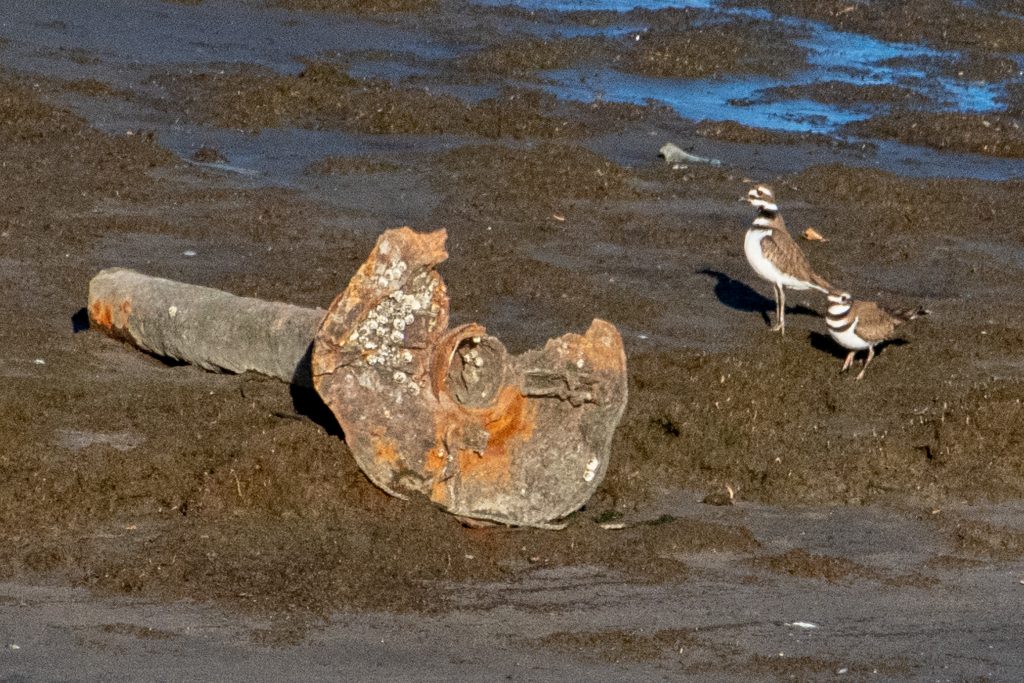[An issue of my newsletter, Leaflet]
Should you keep reading a book if it insults the kind of person you are? In the old days the answer was: if it’s good, yes, you’re supposed to. Good as in of high literary quality. Nowadays, though, you’re free not to. You’ll still be considered a serious reader even if you put it down. It’s up to you.
A couple of months ago, I started to read Frederick Seidel’s Selected Poems, having liked poems of his that I had run into in magazines over the years, and having long heard him highly praised by friends. I thought I should see what the fuss was about. The persona of every Seidel poem was born into money, is passionate about riding Italian motorcycles, and is a libertine. Knowing this much about him had long put me off. I suspected he was going to be like James Merrill but straight and dickish—a suspicion that wasn’t entirely wrong. He writes lines like “I live a life of laziness and luxury,” and “I want to date-rape life.” A kind of provocativeness that trusts the reader to be in on the joke is part of his act. He’s sort of goofy, though, too, and his style is part Edward Lear (surrealist and singsongy), part Robert Lowell (crystallized and confessional), two poets I’m very fond of. Yes, Seidel brags about his Ducatis, his Huntsman suits, and his women, but he doesn’t come off as trying to make the reader envious. (Or maybe he is trying to make the reader envious and it doesn’t work on me because I don’t happen to covet any of those things? I’m going to try to stay open here to the possibility that my aesthetic reaction is a merely personal one, for reasons that will hopefully become clear.) He seems, rather, to be trying to synthesize and then bottle a sort of perfume, an attar of his pleasures, which is the kind of condensation of lived experience into language that I think of lyric poems as being for. Also, there’s something a little manic and fatal about his effort. There’s an undertone of desperation, a suggestion that his go-for-brokeness is somehow on account of having no choice, of having access to no other, more ordinary means of consolation. (And his poem, “The Blue-Eyed Doe,” about his mother’s lobotomy, is probably where one might start looking for the source of that desperation.)
In short, it turns out I quite like Seidel’s poems. But only a few pages into his Selected, reading a long poem titled “Sunrise,” I was stopped cold by these lines:
A gay couple drags a shivering fist-sized
Dog down Broadway, their parachute brake. “Why
Robert Frost?” the wife one pleads, nearly
In tears; the other sniffs, “Because he
Believed in Nature and I believe in Nature.”
The wife one. Okay. Well, what do I do with that?
It’s worth noting, before going any further, that a Black reader of Seidel will meet a similar challenge. Seidel is famous for having written bluntly, in poems such as “Bologna” and “Boys,” of the way his childhood self perceived the Black men who worked for his family. Indeed, in “Boys,” Seidel doubles down on the problem, and his narrator recalls one of those Black men as “probably a homo,” apostrophizing him thus: “Ronny Banks, faggot prince, where are you now?” There’s arguably a defense in the retrospective aspect of the poems about Black men: the poems are trying to recapture a perception that the poet had as a child, not a perception he necessarily still has today. Because the gay couple and their toy dog are perceived in the present tense, however, no such out is available.
Reader, I had feelings! My first, once I understood what Seidel meant by “the wife one,” was not very sophisticated: What a dick. On second thought, though, I remembered nights I had spent in gay bars in Manhattan, in my twenties, watching endlessly repeated video clips of two straight Black comedians, Damon Wayans and David Alan Grier, doing impressions of sissy film critics. I had had mixed feelings about the skits even at the time, but they were sometimes very funny, and they seemed to be taken to heart by almost everyone around me in the bars, perhaps because we gays back then felt a kind of hunger for representation in the mainstream, even for mocking representation. Maybe, in fact, a mocking representation was something we were especially hungry for, because mockery shone its spotlight on the elements of gay identity that were most stigmatized, elements that then seemed beyond the pale of a tolerant liberal understanding.
Seidel’s poem was written at least a decade before the “Men on Film” skits. Maybe he wrote the line having in mind a gay reader of an earlier era who would appreciate being sent up, in the way I remember appreciating “Men on Film”? That’s very possible. In his poem “Fucking,” Seidel recalls drinking at “Francis Bacon’s queer after-hours club” and being saluted by one of the regulars, who shouted, “‘Champagne for the Norm’! / Meaning normal, heterosexual.” That suggests a sort of interpellation across the border of stigma: You’re not one of us, but we recognize that you came to our turf. Hi, Norm! I’m convinced, perhaps irrationally, that there really was a gay couple who had an argument as they walked down Broadway with a small dog, and that Seidel noticed them, overheard them, and remembered them. I believe Seidel was paying attention, in other words, and attention is a gift. Mostly.
But but but. The phrase “the wife one” sounds to me like a straight man’s psychic shorthand, not like an attempt to borrow the voices that gay men use to talk about themselves, not even like an attempt to borrow in the parodic way of Wayans and Grier. I just don’t think a gay man would say “the wife one” except in jesting reference to the way the straight world sometimes perceives us. Not because it’s not respectful (gay men of my generation, left to our own devices, do not tend to treat ourselves qua gay with all that much respect), but because it’s not, by and large, the way gay couples work, in my experience. Sometimes it is the case that one partner in a couple is more effeminate than the other, but it seems to happen just as often, and probably more often, that both or neither are effeminate. The interaction and allocation of sex roles, gender roles, economic roles, and other social roles inside a gay relationship is just not as straightforward as a phrase like “the wife one” suggests (any more than the phrase accurately captures such matters inside a straight relationship, I suspect). A phrase like that simply isn’t useful. To cite just one complication: in his book Out of the Shadows, the psychotherapist Walt Odets notes that sometimes, for the sake of keeping a relationship in equilibrium, “a partner who holds the balance of power outside sex may be more sexually passive and receptive.”
So I don’t think this is a case of a straight writer borrowing a gay self-deprecation. I think what we have here is the appearance in a poem of a straight’s deprecation of gays. Which doesn’t mean there’s no ironic distance between Seidel the poet and Seidel the straight man (as it were)—between the Seidel who’s observing himself perceive and the Seidel who’s doing the perceiving. This is a defense that won’t convince some readers, but I think in a poet of Seidel’s sophistication, such an irony is always present, and I think it may be the strongest defense possible: this is who he was, and how he was, at the moment of this perception, and it’s impossible to capture perception fully while filtering it.
How badly is a defense needed? How terrible is it, really, to say “the wife one”? If you’re in a gay marriage, and you’ve never been asked by a straight man which of you is the wife, then you are luckier than me. I survived just fine, but I have to say I didn’t like it much. On the other hand, if you’re in a gay marriage, and you’ve never talked, fought, or joked, inside the safety of it, about which of you is behaving more as the wife, at a given stage of your relationship, then you are farther above the fray than I will ever be. In these jokes, arguments, and negotiations, though, I think what’s being hashed out is how to balance two careers, and how to divide the responsibilities for a shared household. The debates are about whether one person is feeling obliged to more often take the role of homemaker, not about whether one person is more womanly. (Gender isn’t a zero-sum game the way doing the dishes is, and at the end of the day, there isn’t, or shouldn’t be, anything offensive about describing a man as effeminate.) In other words, nothing is at stake that would be legible to someone who saw you and your husband walking down the street.
What were the gays in Seidel’s poem arguing about? Was “the husband one,” to coin a phrase, planning to ask for a Robert Frost poem to be read at his funeral? Was he planning to write a book or an article about Robert Frost? Was he merely claiming Frost as his favorite poet? In any of these cases, why would his partner “plead” for an explanation, “nearly in tears”? I think the reader is meant to find humor in the idea of a gay resident of New York City espousing Frost because of a shared belief in nature. Which I get. The canonical lines about gays and nature are Oscar Wilde complaining that “Nature is so uncomfortable. Grass is hard and lumpy and damp, and full of dreadful black insects,” and Frank O’Hara insisting that “I can’t even enjoy a blade of grass unless I know there’s a subway handy, or a record store or some other sign that people do not totally regret life.” But Peter and I had a friend read a Frost poem at our after-wedding get-together, and I defy even Jonathan Franzen to take better bird photos than I do.
I’m not sure I’ve walked in a wide enough circle around this problem yet. Did I feel insulted? Yes, a little, I guess. Do I care? I put Seidel’s Selected down for a while, but later I went back to it. I’m on my guard a little with Seidel now, but I should probably have learned long ago to be on my guard with every writer. I seem willing to forgive F. Scott Fitzgerald, say, for writing of a “pansy” character in Tender Is the Night that “he was so terrible that he was no longer terrible, only dehumanized.” Being dehumanized is worse, I think, than being called “the wife one.” I’m aware that I could pretend to care more than I do, in order to have an axe to swing. I sometimes wonder if, as a general public appreciation of literary qualities per se has weakened—as a willingness to make distinctions of literary value in public has declined—it has become more and more tempting to take up an axe. There are days when it seems like the only blades that still cut are those with a social or political edge. On the other hand, it would probably be a mistake to pretend I don’t care at all, to fake transcendence. A critic I didn’t agree with about much once warned me against accepting “the phantom bribe of straight culture,” and while I suspected him of issuing the warning in order to try to scare me off the middle ground that I wanted to occupy, I knew exactly what he meant. One aspires to catholicity as a reader—one wants to be broadminded even in the face of narrowmindedness—but one doesn’t want to be a pushover. I think my personal verdict would be to recommend that people read Seidel but not blink the moments like the one I’ve written about here, which are, after all, a deliberate part of his persona, and of the membership he claims through his poetry in a sort of freemasonry of the bad and wild (which more than a few gay men, of my generation anyway, have also felt they belonged to).










